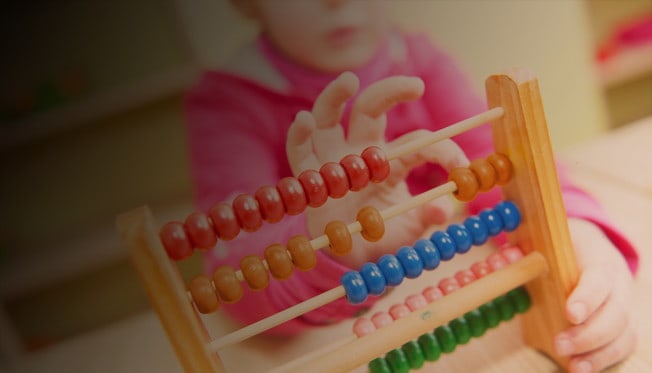Published by The Guardian, Wednesday 30 November
The latest international test results for maths and science have been released, and yet again, they paint a picture of stagnating outcomes in Australian schools. Relative to other countries, we are actually slipping backwards – and fast.
Since 2011, year four maths results have fallen 10 places from 18th to 28th. At a year eight level we have fallen five places in both maths and science to sit at 17th. Year four science has seen no change, however at 25th place it remains one of our poorest results.
As our results continued to flatline, other countries improved (such as Slovenia and Croatia which now surpass us in primary maths). Australia’s failure to improve reflects a longer term trend: our results have largely flatlined since the inception of the Trends in International Mathematics and Science Study (Timss) test in 1995.
Only a few years ago, Julia Gillard articulated an ambitious goal for Australia to be in the top five countries in the world. Today, that goal seems as far away as ever.
But we must be careful not to overplay our slipping in international rankings, as so predictably occurs. The panic that can be created is simplistic and unproductive. First, these results only show student achievement, not student progress (growth over time), which is a far more important measure of the value-add of an education system, as well as student resilience for later life.
Second, they should not be whipped up into a frenzy for political ends, as further evidence that “money doesn’t matter” (given results have not improved as funding has increased). Of course it still matters to properly fund every school, alongside other more fundamental reforms to teaching and learning. Both are necessary: and could readily be achieved, as our new report Circuit breaker: a new compact on school funding shows.
So we must put international rankings into perspective. And heed the warnings on maths and science with a measured head. These test scores are not everything: we want our children to develop broader skills and resilience for success in both work and life. But they do tell us something about the practical knowledge and skills our kids have in maths and science. And these core skills matter too.
Our future scientists and engineers need not only to be well-rounded individuals who can communicate and work in teams, but they need to be able to do their sums right. We know the economy will go through a rapid transition over the next 20 years. Traditional jobs will be lost, and many that replace them will require skills in maths.
If you look more closely at the Timss results, we see problems at both the bottom and top end – it is widespread across the system. Up to one-third of Australian students do not meet the Timss intermediate benchmark (equivalent to the Australian proficiency standard of being able to apply basic maths and science at their grade level).
At the top end of the mathematics cohort, less than 10% of Australian students are performing at an advanced level, whereas for the top five countries this figure exceeds 30%. Singapore, the highest performer, has 50% of students in this cohort.
As our most recent report, Circuit breaker, shows, there are some practical policy steps that could be taken right now to improve teaching and learning for every student. First, our new proposal provides a way to distribute money to the right places, and bring all students up to their needs-based funding targets in six years, so that schools are properly resourced to function well. Moving on from the toxic school funding debate enables us to focus on the debates that really matter: how to improve teaching, known to have the largest impact on student outcomes outside of the home.
Our proposal kickstarts change to improve teaching quality through a new initiative that will increase the focus on subject expertise in teaching maths, science and English – very relevant to what the Timss results tell us today.
Many reforms are required to lift teaching effectiveness, and building subject-specific expertise is only one important aspect. But it has received less attention in Australian schools in the last couple of decades.
This is very different to what the top-performing systems do in maths and science. In high-performing systems, such as Singapore, Japan, Shanghai and Finland, teachers in both primary and secondary are trained as subject specialists, and they continue to learn from the best teachers in their disciplines. These systems recognise that teaching maths is not the same as teaching English, and the skills of the best subject teachers in the field are utilised to build the skills of others.
In keeping with this, our report proposes two teaching roles – master teachers and instructional leaders – who will work as subject specialists in schools to drive improvements in Australians schools. These roles create a change in the career structure, and could make a significant difference to how teachers work and develop in their daily roles.
This latest edition of Timss results is disheartening for Australia. But it need not be cause for alarm. We may not be any closer to Gillard’s ambition of a top five position, at least in maths and science, but there is a way forward. With a sensible, rational approach to school funding and teacher reform, improvements are possible.
 Published by
Published by